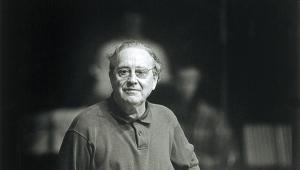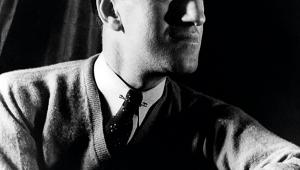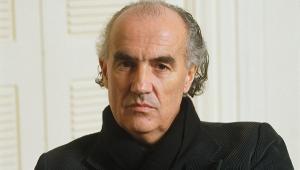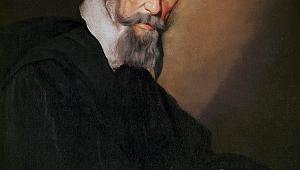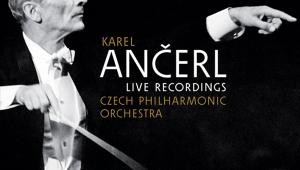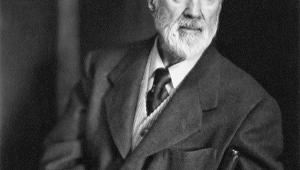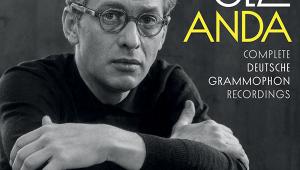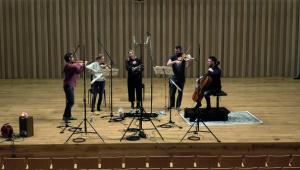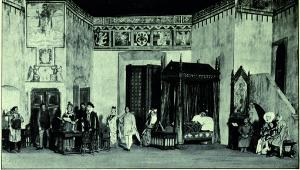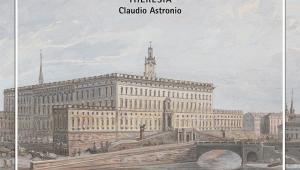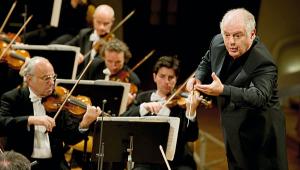Tchaikovsky: The Nutcracker

How did Nutcracker ever catch on? Following the premiere in St Petersburg in December 1892, one critic delivered the coup de grace. 'First of all, Nutcracker can in no event be called a ballet. It does not comply with even one of the demands made of a ballet. Ballet, as a basic genre of art, is mimed drama and consequently must contain all the elements of normal drama.'
'On the other hand', the critic continued, 'there must be a place in ballet for dances, made up of the entire essence of classical choreography. There is nothing of this in Nutcracker. There is not even a subject'.
Toy Story
Too harsh? The plot in a nutshell is adapted from a tale by ETA Hoffmann. A Christmas party is interrupted by Drosselmayer, the godfather of the Silberhaus children. He brings gifts including a nutcracker to which young Clara is immediately attracted. After bedtime, Clara creeps back downstairs to check on the nutcracker, which has been broken. The room is invaded by mice and a battle ensues between the mice and the toys, which have come alive. When the Mouse-King is about to defeat the nutcracker in single combat, Clara saves him by throwing her slipper at the Mouse-King.
The Christmas tree suddenly grows to enormous dimensions, the nutcracker turns into a handsome prince and thanks Clara for her deed. They pass beneath the branches of the Christmas tree into a snowy landscape and on to Confiturembourg, the Land of Sweets, where the nutcracker's safe return is cause for the divertissement, which takes up most of the work's second act.
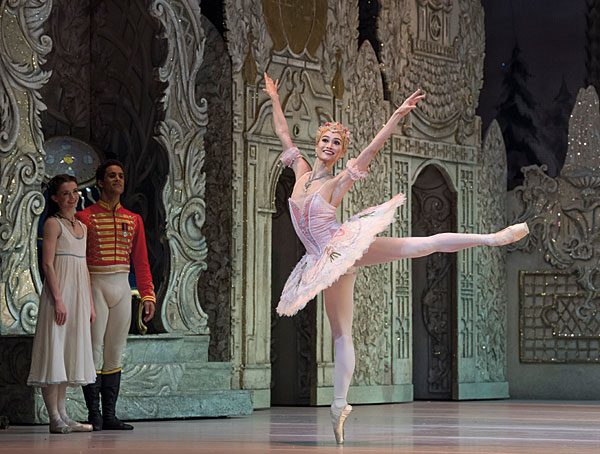
The story, while quaint, has obvious structural defects. An action-packed Act 1 is followed by an expansive set of tableaux for Act 2. The choreographer Marius Petipa was well aware of this when he became mysteriously indisposed halfway through rehearsals, and his colleague Lev Ivanov took charge. Initially fired by the project, Tchaikovsky also began to have misgivings, though he continued to fill Petipa's exacting brief to the quaver. 'Coffee. Arabian, the Kingdom of Yemen. Coffee Mocha. Eastern Dance from 24 to 32 bars of cloying and bewitching music.'
Yet Nutcracker did catch on, not just as Tchaikovsky's swansong (pun intended) to the dramatic medium that suited him best, but as a gateway to the world of classical music as well as ballet for children and adults alike. Purely as a score, Act 1's transformation from domestic parlour to fir-forest deep in snow is one of the great romantic moments. The battle scene keeps up a prolonged, sparky animation with at least as much brilliance as any of the symphonic scherzos and finales.
Sweet Sounds
The endless variety of the orchestration is capped by the introduction of the celesta for the Dance of the Sugar-Plum Fairy. This was an entirely new instrument (percussion with a keyboard) at the time, which Tchaikovsky had specially imported, and then smuggled into the theatre under wraps so that no other composer would steal the sound of glitter and ice and magic from him.
The protean identity of Nutcracker has enabled it to take on entirely separate costumes and forms. What viewers want from a fully staged ballet is entirely different to the criteria by which a complete version of the score, as an experience purely for the ears, will be judged. The Suite from the ballet has earned a separate identity in its own right, both as an orchestral selection of highlights, and in various piano arrangements.
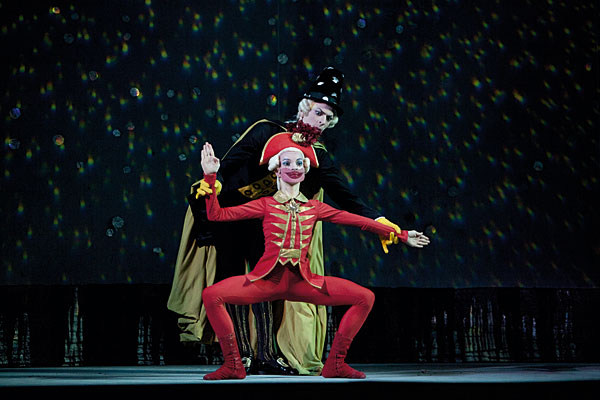
Purely as a demonstration of conducting sorcery, for example, Sergiu Celibidache's late-late crawl through the Suite, exquisitely played by the Munich Philharmonic (EMI/Warner) exerts magnetic fascination. At the other end of the tempo envelope, the pianism of Martha Argerich is never more mercurially bewitching than in her duet recording (DG) of the suite in company with Nicolas Economou.For a more central recommendation in the Suite, the Berlin Philharmonic under Mstislav Rostropovich (also DG) brings a snappy, articulate brilliance to the dance rhythms not matched by heavier and more reverential Russian versions from Mravinsky and Svetlanov.
In the 1950s, the new medium of LP proved ideal for a complete recording of the score, comfortably fitting on two records. In a separate but related development, George Balanchine created a new staging of the ballet, premiered in 1954, which simultaneously created a new North American holiday tradition and ensured the financial stability of the New York City Ballet. Record labels saw the potential for a hit.
First out of the blocks was Antal Doráti, both in mono and then stereo with the Minneapolis SO. It was hard-driven, with tempi that would challenge the most athletic of dancers, but was calculated to spring from the speakers in Mercury's Living Presence sound. Decca soon followed with the tech-savvy Ernest Ansermet in Geneva, making the most of their own proprietorial 'ffrr' set-up. Their modern counterparts are Gergiev with his Kirov orchestra on Philips – the first to squeeze the whole ballet on a single CD – and Dudamel in Los Angeles, wrapping the listener in blizzards of tinsel and snow with Dolby Atmos surround sound.

These hi-fi spectaculars are faithful to the dots of the score, less to its spirit as music for dancing. Jurowski, Pletnev and Previn [see Essential Recordings below] are more balletically sprung, building towards an apotheosis with the emotional charge of the Pathétique or Eugene Onegin. Especially under Previn and Jurowski, the lugubrious clarinet of the Arabian dance taps into the melancholy vein of the Fifth Symphony, where many other versions conjure a generically pseudo-eastern moodiness.
Silver Screen
For the full experience of Nutcracker as Tchaikovsky and Petipa conceived it, a film version will always surprise inveterate listeners to the score with the ever-ingeniously close match of music to movement. Petipa's choreography is best experienced in the longstanding but continually updated version for the Royal Ballet by Peter Wright (Opus Arte), though there is no shortage of superficially more 'authentic' versions from Russia including Gergiev and the Kirov in situ (Warner Classics).
Dmitri Tcherniakov plays fast and very loose with the scenario in his Paris staging, but his reuniting of the ballet with its original companion opera, Iolanta, fuses the two into a compelling new tragedy. The Salzburg Marionette Theatre presents a surprisingly un-wooden staging to the accompaniment of Ansermet's recording (Belvedere).
Once you have seen George Balanchine's staging, however, it's hard to go back to Russian dolls. Recognisably modern in outlook, yet honouring at every stage the winter magic of the original scenario, the New York City Ballet presents the most human and heart-warming Nutcracker to be found on film.
Essential Recordings
State Academic SO of Russia/Jurowski
Pentatone PTC5186761 (2CDs)
Pick of the bunch on CD: expansive engineering holds the old-school Russian grandeur of the playing in perfect focus.
Russian National Orchestra/Pletnev
Ondine ODE1180-2D (2CDs)
A quirky alternative: Pletnev never drives the tempi too hard and opens up the score's countless felicities and novelties.
LSO/Previn (released 2016)
EMI/Warner 5419734650/9029592391 (CD/LP)
An analogue classic, with the '70s LSO brass and EMI's Abbey Road engineering sounding even finer on the new LP remastering.
New York City Ballet/Otranto
C major 738704/738608 (Blu-ray/DVD)
Balanchine's hit version for NYCB transfers to the screen as a Christmas treat for all the family, beautifully filmed and played.
Royal Ballet/Gruzin
Opus Arte OABD7229D/OA1252D (Blu-ray/DVD)
The best of several modern Royal Ballet versions. Lauren Cuthbertson's immaculate Sugar-Plum Fairy plus exciting pit work.
Opera de Paris/Altinoglu
Bel Air BAC445/BAC145 (Blu-ray/DVD)
The left-field choice, but also the 'authentic' one, paired with Iolanta as at the premiere, in Dmitri Tcherniakov's radical staging.
